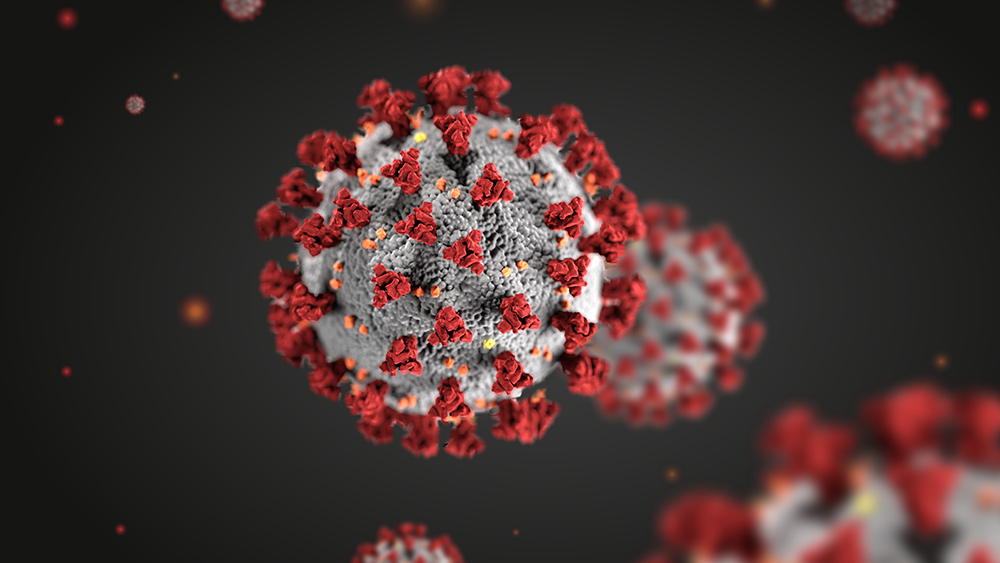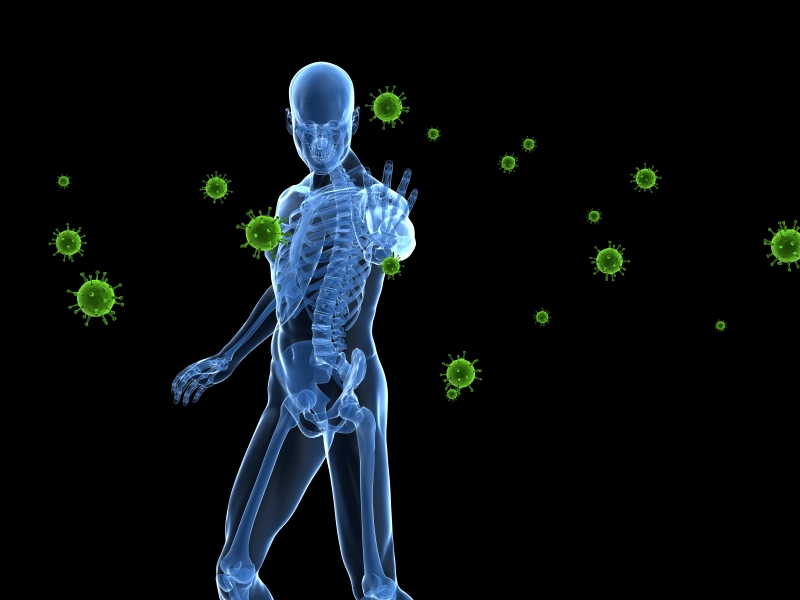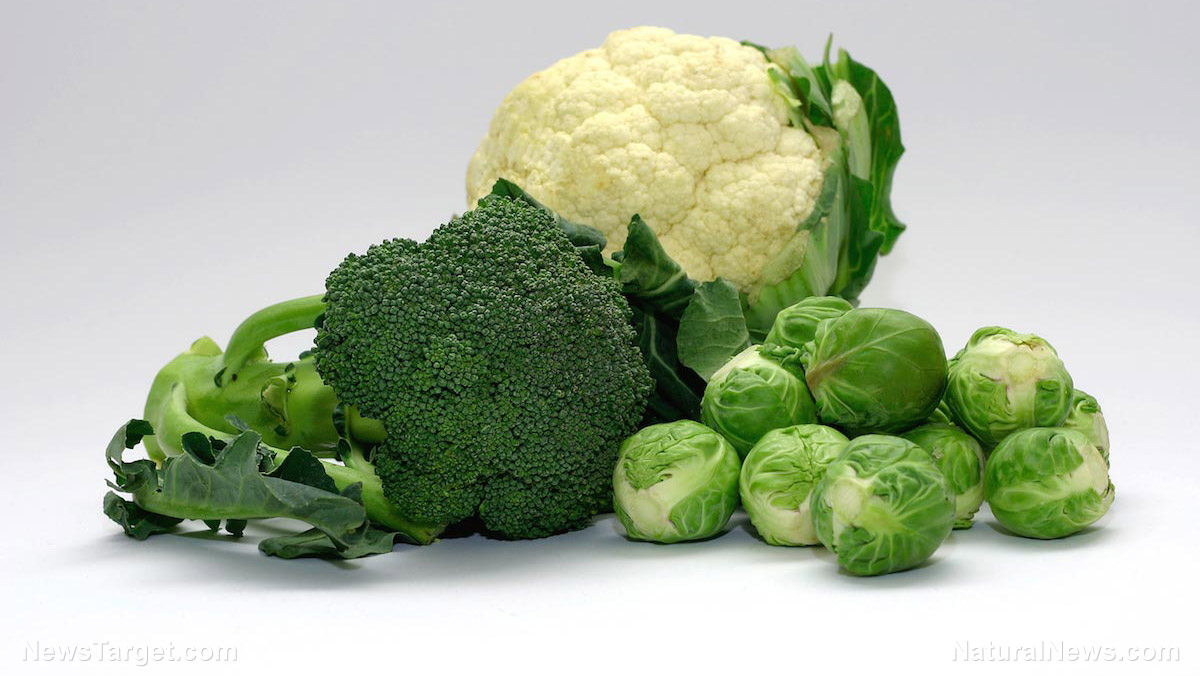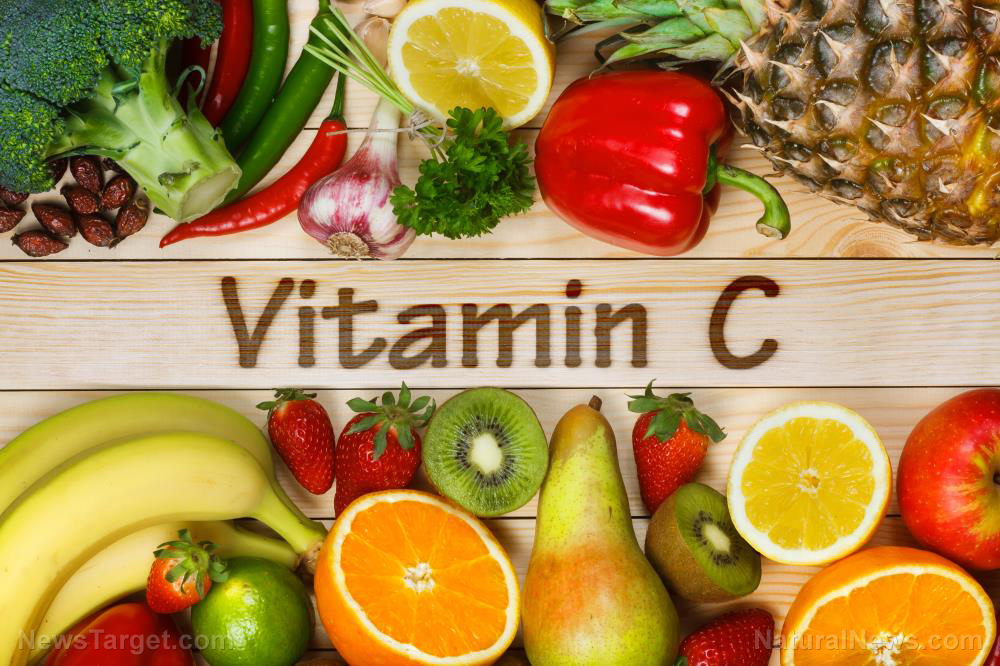Study: Fortifying local beans with zinc can help reduce vitamin deficiency
09/28/2020 / By Evangelyn Rodriguez
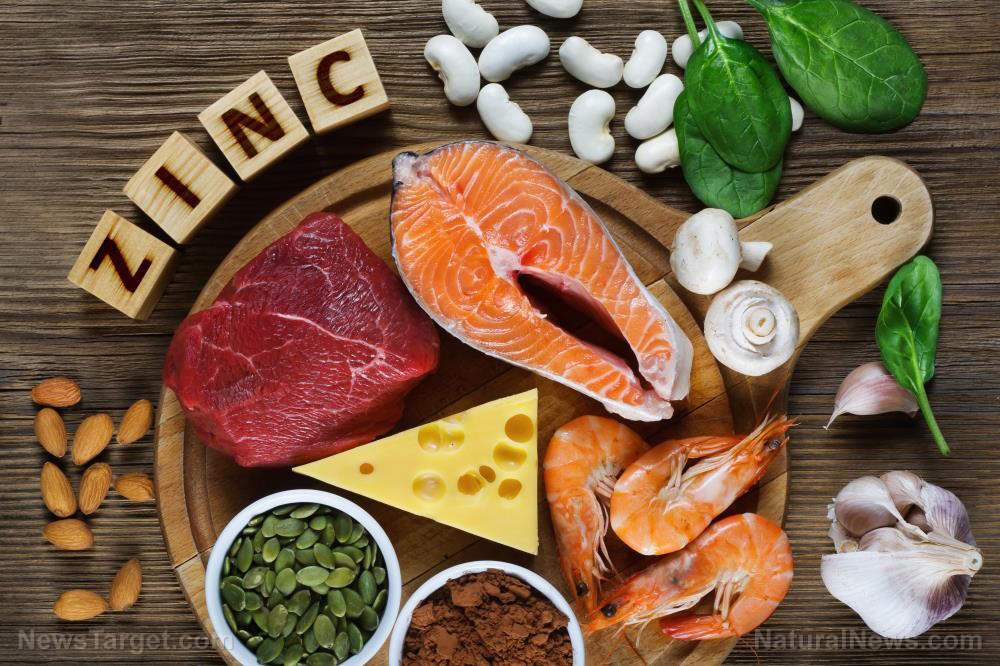
Zinc is an essential mineral necessary for cellular metabolism. It works as a catalyst for about 100 different enzymatic reactions and is involved in several important processes, such as protein and DNA synthesis, cell division, immune function and wound healing. The body, however, doesn’t store zinc, so people need to get ample amounts of this mineral from their diet every day to maintain zinc homeostasis.
Zinc deficiency is a huge problem in South Africa. It has become prevalent among low-income families due to poor diet and low intake of foods rich in zinc. In a recent review published in Acta Agriculturae Scandinavica, Section B — Soil & Plant Science, South African researchers discussed the problem of zinc efficiency and possible solutions to this health problem. They proposed the biofortification of locally preferred common bean cultivars so that the poor can have access to a good source of zinc.
Nutrient deficiencies in South Africa
Vitamin A, iodine, iron and zinc deficiencies are the most common nutrient deficiencies in humans. Besides increasing the risk of certain diseases, these health issues also negatively impact the well-being, as well as the social and economic status, of affected individuals.
According to a national survey conducted in South Africa in 2012, vitamin A, iron and zinc deficiencies are prevalent in the country. But while the first two can be considered moderate, zinc deficiency is a serious problem. Current initiatives to reduce zinc deficiency include fortifying wheat products and maize meal, but these efforts have not seen much success.
South African researchers attributed this to the many disadvantages of food fortification. Some of the biggest drawbacks of this process include high end-product cost, poor regulation and compliance to set standards, non-fortification of sorghum meal and the leaching of nutrients during processing.
To address the issue of zinc deficiency in South Africa, the researchers suggest the biofortification of common bean cultivars with zinc as an alternative strategy. The common bean (Phaseolus vulgaris) is an important food crop and an excellent source of protein. It also contains a variety of essential nutrients, such as vitamins like thiamin, riboflavin, niacin, vitamin B6 and folic acid, and minerals like potassium, calcium, magnesium, copper, iron and zinc.
The researchers believe that studying how common bean cultivars will adapt to different agro-ecological practices used in biofortification is important for the development of effective strategies to combat zinc deficiency.
What is biofortification?
Fortification, or the deliberate enrichment of foods in certain micronutrients, is not a new concept. It is one of the top four strategies developed by global agencies to address the problem of malnutrition in many countries. Fortification entails simply adding a micronutrient, such as iron, vitamin A or vitamin D, to food products like milk, grains, bread or cooking oil during processing.
Biofortification, on the other hand, is a more natural way of increasing the nutritional value of crops. Instead of the manual addition of nutrients to foods while they are being processed, biofortification employs agronomic practices, conventional plant breeding or modern biotechnology to improve the nutritional quality of crops while they are growing.
Some examples of biofortified crops include rice, beans, sweet potatoes, cassava, maize, legumes, wheat and sorghum. These foods usually undergo biofortification to increase their iron, zinc, beta-carotene, amino acid and protein levels.
Biofortification through agronomic practices
Agronomic approaches used for biofortification are simple and inexpensive but require a lot of human effort. They mainly involve the use of mineral fertilizers and plant growth-promoting soil microorganisms. (Related: Can chitosan be a promising carrier for plant growth-boosting bacteria?)
Microminerals, such as iron, zinc, copper and manganese, are usually absorbed by plants from the soil. Hence, for biofortification purposes, farmers use mineral fertilizers to increase the levels of these minerals in certain crops. This strategy has proven to be feasible in developed countries. Finland, for instance, has been able to produce selenium-fortified crops, while Turkey has also found success with zinc fertilization.
Some useful soil microorganisms are not only capable of improving plant growth, they can also promote the mobilization of nutrients from the soil to the edible parts of plants. For instance, bacterial species from the Bacillus, Pseudomonas, Rhizobium and Azotobacter genera have been found to increase the levels of certain minerals in plants. Meanwhile, mycorrhizal fungi have been shown to release natural substances that can degrade organic compounds, thus increasing mineral concentrations in organically grown produce.
Today, the use of biofortification to combat nutrient deficiencies is increasing. Crops that are biofortified through agronomic methods include rice, wheat, maize, barley, sorghum, soybeans, chickpeas, mustard, potatoes, carrots, lettuce, tomatoes and common beans. Agronomic biofortification is not only a sustainable way of improving the nutritional quality of crops, it is also an effective means of increasing crop yield.
For more stories on agronomic practices that improve crop yield and quality, visit OrganicFarming.news.
Sources include:
Tagged Under: #nutrition, agronomic practices, biofortification, Common beans, food science, fortified foods, functional foods, mineral fertilizers, nutrient deficiencies, nutrients, organic farming, research, soil bacteria, soil health, soil management, soil nutrients, South Africa, zinc, zinc deficiency



